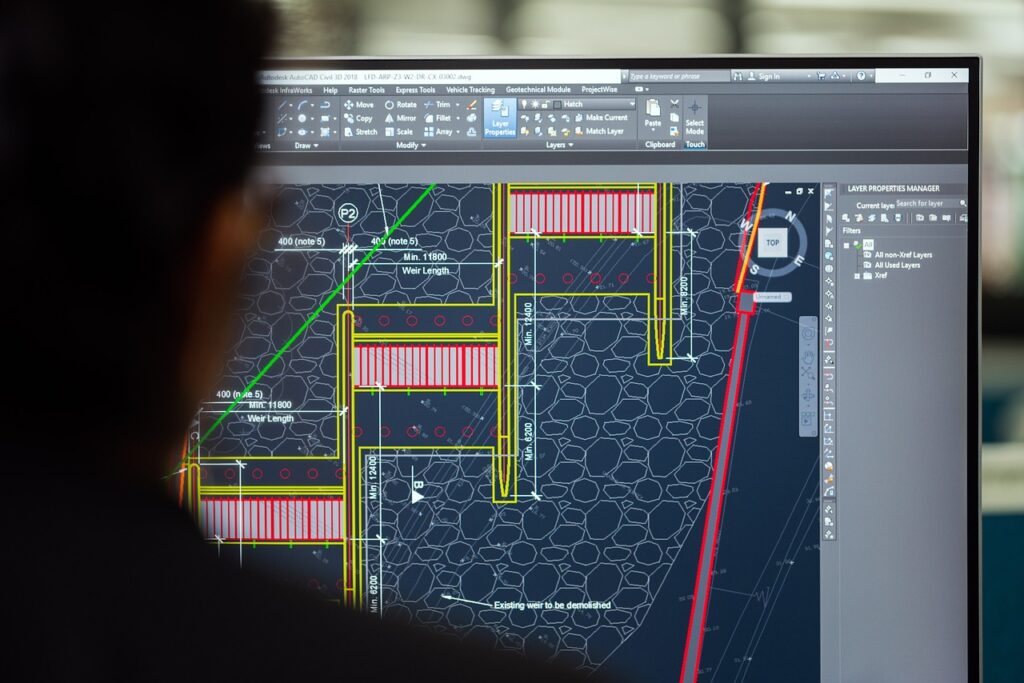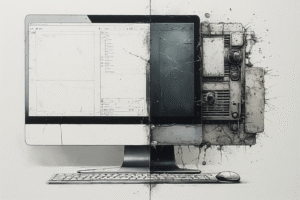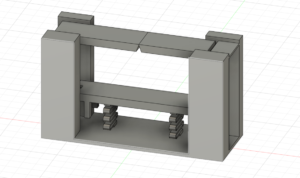Of the many skills a designer must maintain proficiency in, drafting efficiency is considered a highly valuable asset. This is crucial because when a designer becomes more efficient in drafting, they can dedicate more of their effort towards testing, iterating, and conceptualizing, rather than focusing on figuring out how their tools work. One of the essential tools that designers must be well-versed in is the software that they use for sketching and design. Among the various software options available, many of the most commonly used ones feature similar elements in their user interfaces, such as toolbars for selecting commands from a menu. These command toolbars offer a helpful visual cue for accessing commands, with familiar icons that indicate each command’s function. However, there is a downside: each activation requires mouse movement. While this might seem like a small effort when clicking a few commands, it can add up over repeated use and become frustrating over time. this can be bypassed with most software providing the option of assigning keyboard prompts to activating commands. This downside can be bypassed, as most software allows users to assign keyboard shortcuts to activate commands. Between these two types of command prompts, is there one better way over the other?
Using Toolbar Selection
Toolbars have been in use for decades, dating back to early user interfaces like the original Apple Macintosh and early Microsoft Windows. Before toolbars were introduced, most computer interactions relied on text-based commands in a command-line interface, where users had to memorize specific command lines to operate the computer. The development of graphical user interfaces, including toolbars, made computing more accessible and user-friendly. This innovation proved so successful that it continued to evolve and remains a central feature in the majority of software interfaces today.
Toolbars in drafting software offer several benefits, one of which is their ease of use for new designers. In the industry, it’s common for designers to become highly proficient in one or two software programs. However, situations often arise where they need to switch to a different one that they may not be familiar with. Although learning all of the more intricate features can take time, it’s usually easy for someone to gain a reasonably useful understanding of the basic features and be productive, thanks to the clarity toolbars offer. Some of the more advanced software interfaces even feature recognizable mouse movements that help users quickly navigate to their desired prompts more efficiently. Autodesk Fusion, for example, implements a rotation wheel to pick out commonly used prompts quicker, and even utilized mouse movements to speed up the selection process on the rotation wheel. There are various techniques to improve toolbar navigation efficiency, but accessing prompts still requires moving the cursor across the screen, pausing, and clicking. Although these movements seem small, repeating them hundreds of times can have a noticeable impact on productivity and time. This becomes particularly challenging when multiple prompts are spread across different toolbars at opposite ends of the screen. Additionally, software with numerous functions often leads to users clicking through tabs, scrolling through dropdown lists, and spending excessive time searching for commands that aren’t used as often. To the more experienced users in any given software, they will work towards memorizing shortcuts to bypass all of this unnecessary mouse movement, and most software’s allow for keyboard shortcuts built in so that designers can do just that.
Using keyboard Commands
While using toolbars is a perfectly valid way to operate drafting software, it’s often said that to truly master it and use it to its full potential, you should become accustomed to using keyboard shortcuts. Memorizing the keyboard shortcuts for a single software takes time and practice, and it can be even more challenging when switching between different programs, as each typically uses different key combinations for commands. However, the effort spent memorizing the most frequently used shortcuts is well worth it. For example, imagine using AutoCAD and think about the position of your hands while working. Your right hand is on the mouse, and your left hand is on the keyboard. If you rely only on toolbars, you’ll find yourself constantly moving the mouse to perform tasks. However, with your left hand already positioned, you can quickly press a key to activate a command, leaving your mouse movements dedicated to manipulating your drafted objects. Frequently used commands are often designed in mind to be activated with just one or two keystrokes (for example, pressing ‘L’ to activate the line command).
By using both hands, you can speed up your drafting process and iterate more efficiently. As mentioned earlier, some commands are tucked away behind tabs and lists, making them more difficult to access. For these less accessible commands, keyboard shortcuts become even more valuable. It’s particularly helpful to learn shortcuts for software with complex, feature-rich functionality. To boost efficiency, identify the commands you use most often and develop the habit of accessing them via the keyboard. Software with extensive functions typically includes a dedicated toolbar or interactive user interface, so reserve the mouse clicking for these features and rely on keyboard commands for your regular tasks.
Conclusion
For professionals, efficiency is key when developing designs, as it saves on time and effort. Even finding efficiency in the smallest of tasks can help boost productivity and generally become less of a chore. Using keyboard commands and shortcuts for your main drafting tasks and utilizing the toolbar to operate your more involved functions is a great area to shave off some time and boost your efficiency. If you haven’t already made the jump to involving more keyboard use in operating your software, then I highly encourage you to give it a try.






